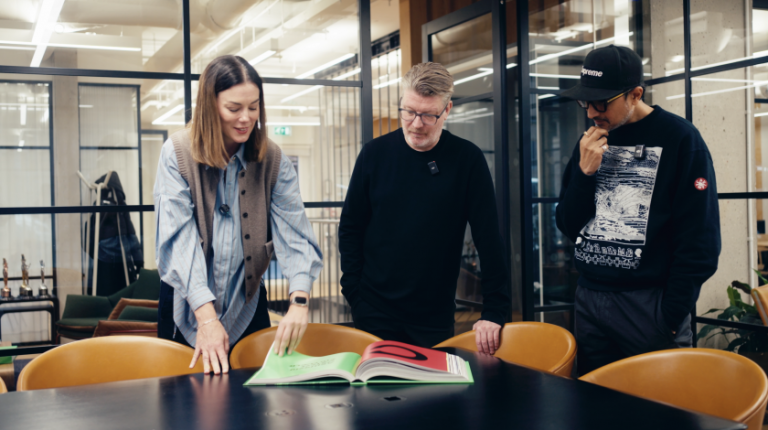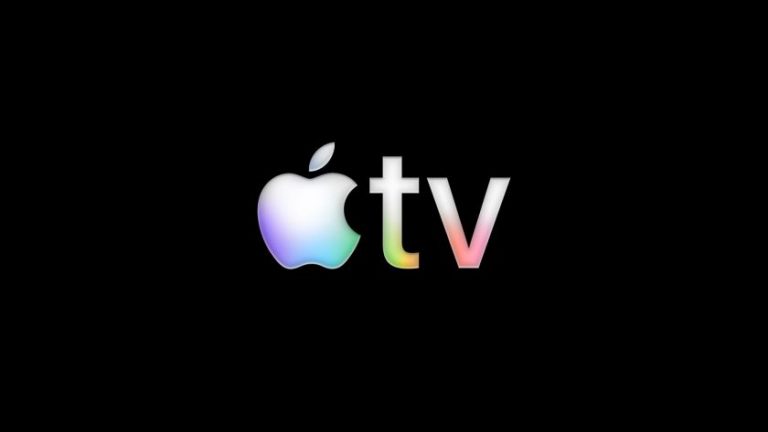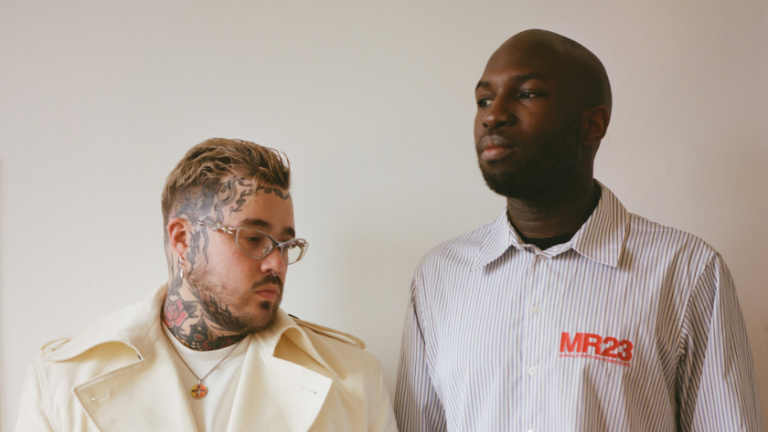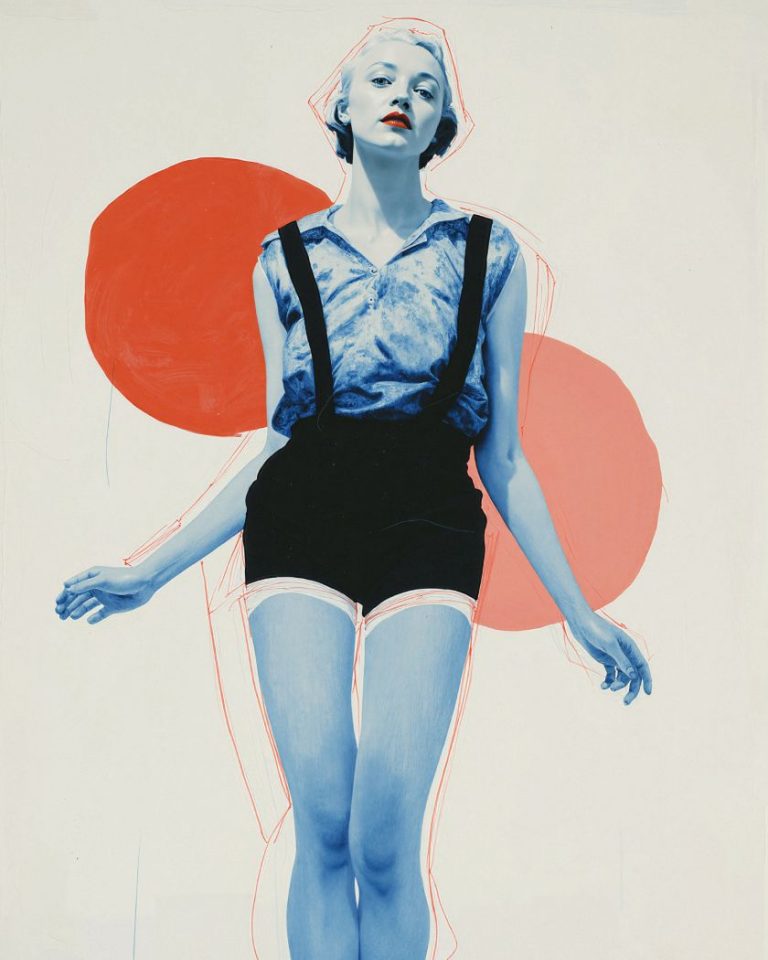Muse Group – the company behind some of the world’s most popular music-making tools – has repositioned around the idea of the emotional power of creative expression.
Muse Group might not be a household name, but if you’ve ever picked up a guitar, downloaded Audacity, or searched for sheet music online, chances are you’ve used one of its tools. The music tech company counts Ultimate Guitar, MuseScore, Audacity and MuseClass among its offerings, reaching more than 400 million users globally.
Despite this reach, Muse had a branding problem. While the products were powerful, the company itself was fragmented and largely unseen.
That was the challenge Collins faced when Muse brought them in. The brief wasn’t just to create a new logo or identity system; it was to develop a comprehensive brand strategy. It was to define a shared voice, visual language, and unifying purpose for a group of tools that had grown independently over time, and in doing so, to carve out a meaningful role for Muse in the lives of aspiring and working musicians.
At the heart of Muse’s transformation is what the company called “the gap.” It’s the space between someone’s creative ambition and their ability to realise it, which is a frustration all too familiar for anyone who’s ever abandoned a new instrument.
“It’s why 90% of guitarists quit within a year,” the Collins team explains. Muse wanted to position itself not just as a software provider, but as a guide across that gap. A partner in the journey from self-doubt to self-expression.
Working closely with Muse, Collins repositioned the brand as a Creative Fluency Company that supports users in reaching a state where musical creation feels effortless and intuitive. It’s not about perfection or performance, but about flow – a state where making music feels natural.
That idea shaped every aspect of the rebrand. Collins developed a new brand purpose, defined by the phrase “Inspire the artist. Unleash their sound”, which served as a north star for messaging, design and future product development. Visually, the studio leaned into music’s emotional and abstract qualities, drawing inspiration from Suprematism, musical notation and sonic vibration.
Rather than relying on clichéd music tropes, the new system uses expressive visual modules that pulse and harmonise like notes on a staff. These forms are used across the entire brand ecosystem, from product icons and app interfaces to marketing campaigns and motion graphics. A custom typeface anchors the system with clarity and confidence, while the motion language reinforces the sense of rhythm, resonance and flow.
Crucially, the new identity also brought much-needed structure to Muse’s portfolio. Collins re-architected the brand across its products, aligning everything under a single design language and organising the tools into a cohesive ecosystem.
That consistency gives Muse more flexibility when launching new products, collaborating with artists, or expanding into new platforms. It also helps users move more seamlessly between tools without losing the sense of a guiding hand.
The impact goes beyond aesthetics. With the new brand in place, Muse has been able to reframe its role in the creative process, not just as a utility, but as a source of motivation, inspiration and support.
The identity signals empowerment rather than pressure. It invites people to play, to learn, to experiment and, crucially, to keep going.
Muse’s new look now stretches across every touchpoint, from app logos to campaign visuals to product UX. It’s distinct, ownable, and rooted in the real emotional experience of making music.
It’s a strategic and creative reset offering a way of seeing music not as a skill to master, but a language to grow fluent in. With Collins’ help, Muse is now speaking clearly with confidence, warmth, and a pulse that’s hard to ignore.










